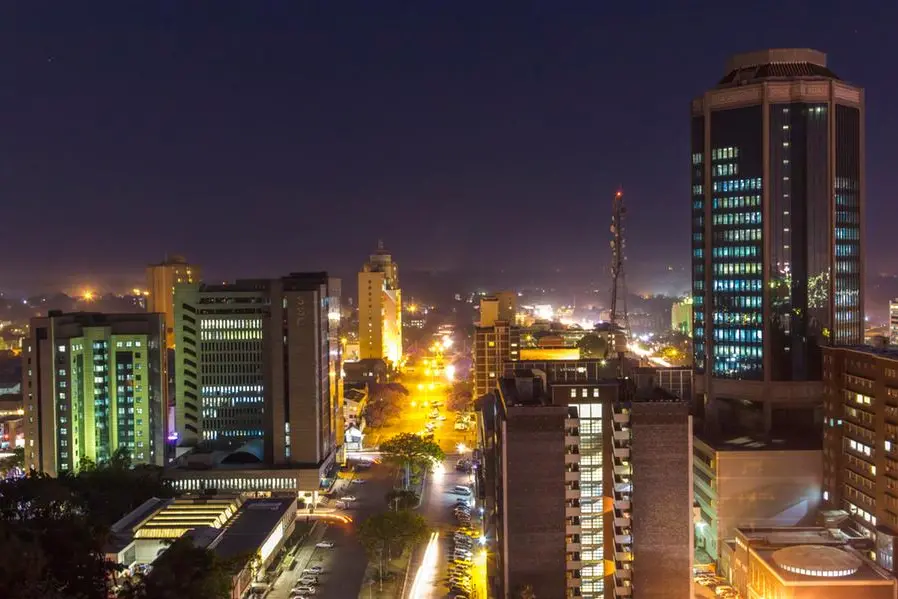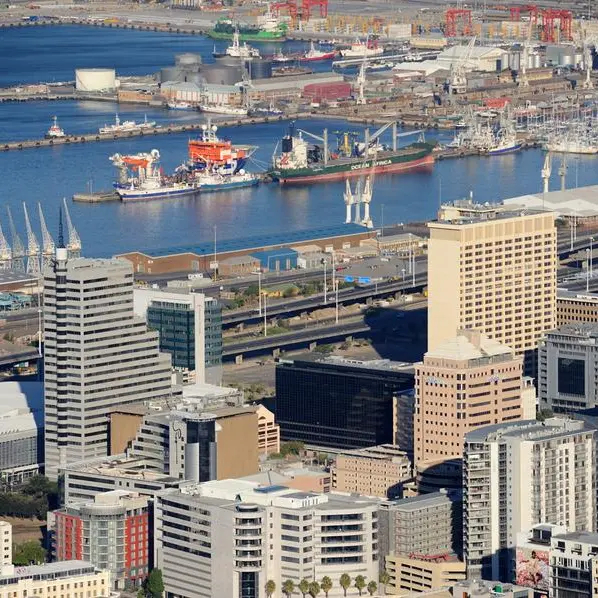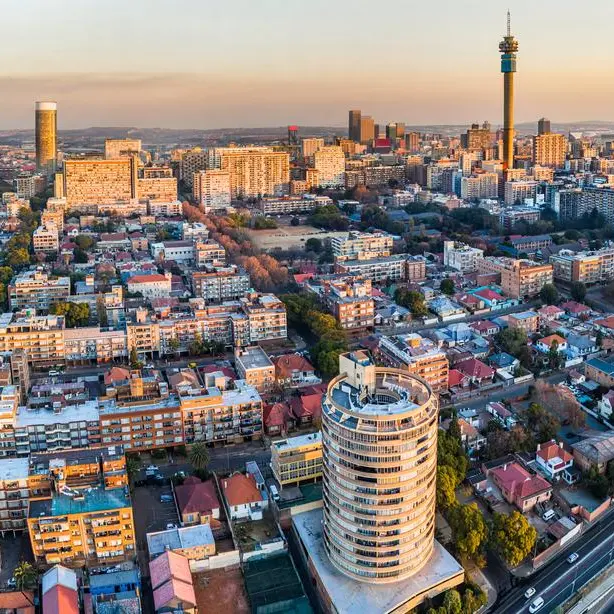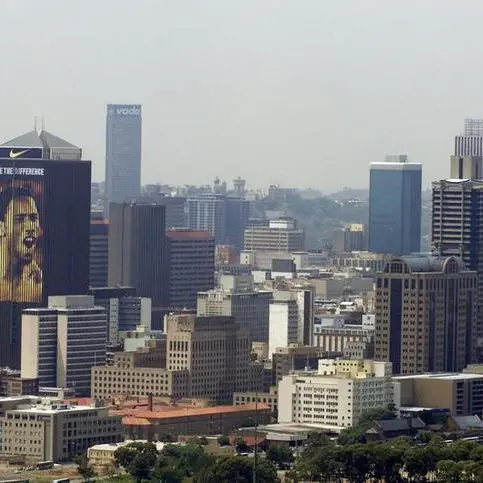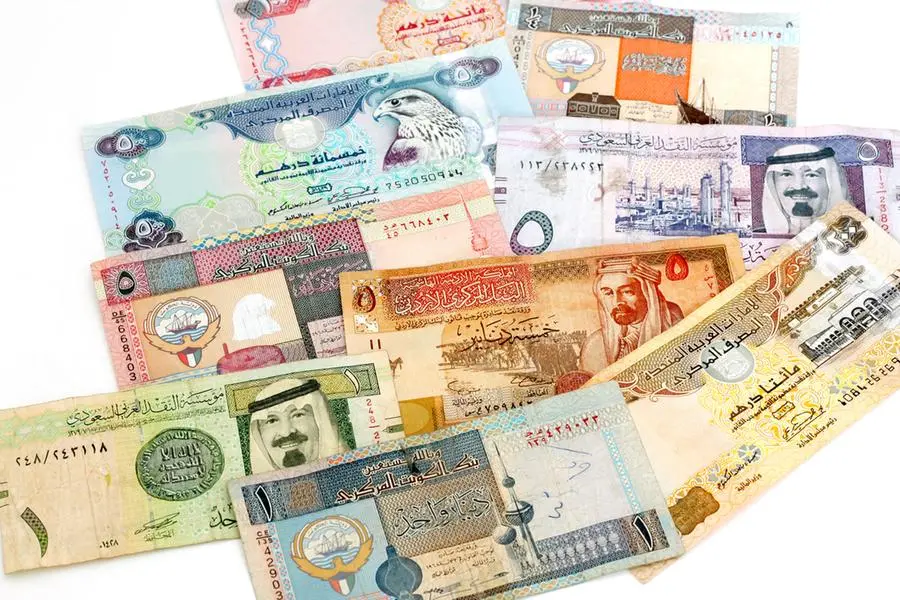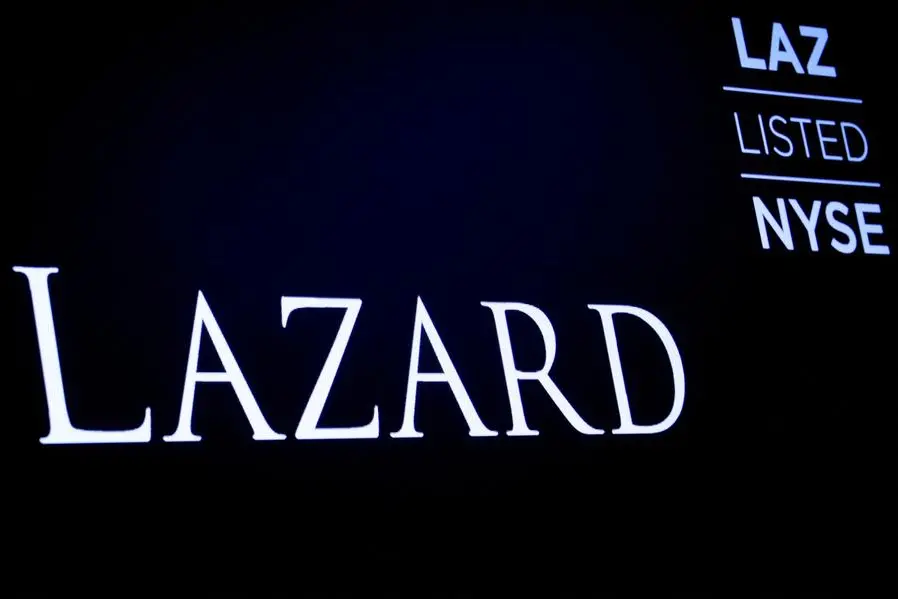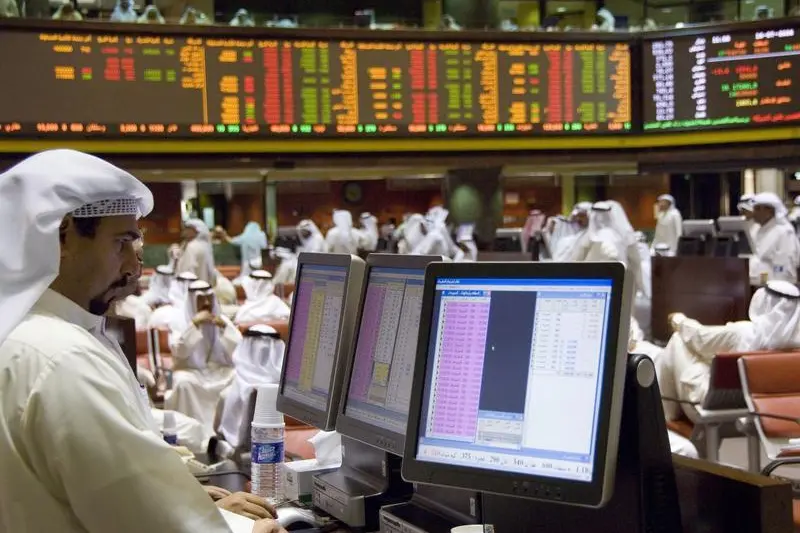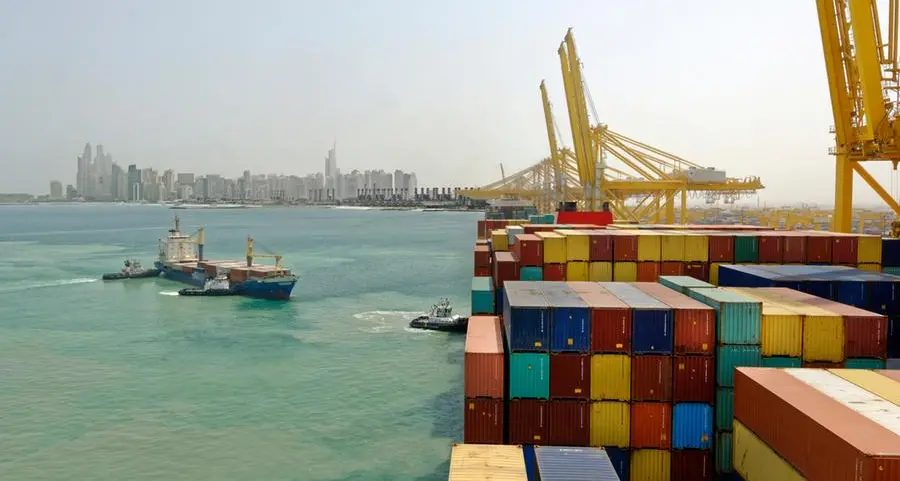PHOTO
This is a low light image of the Reserve Bank of Zimbabwe looking East at Dusk. Image used for illustrative purpose. Getty Images
The adjustment was ascribed to, among other factors, drought, poor commodity prices and extensive debts.
The AfDB’s recent Africa Outlook report showed that although Zimbabwe’s GDP grew by 6,1% in 2022 and by 5% in 2023, a marked decline was expected in 2024 due to limited agricultural output caused by the El Niño-induced drought.
According to the report, the fiscal deficit narrowed to 0,9% of GDP in 2022, reflecting fiscal consolidation. The current account surplus also narrowed to 1% of GDP in 2022 from 2,9% in 2021 due to higher fuel and imported commodity prices.
Debt stood at R327,36 billion in 2022 (66% of GDP). External debt was estimated at R262,09 billion, while domestic debt stood at R65 billion as of 30 September 2022.
Zimbabwe had since started implementing the Arrears Clearance, Debt Relief and Restructuring Strategy to resolve long-outstanding debt and external arrears with creditors.
“The downside risks are elevated due to the drought caused by El Niño weather patterns that have affected the agriculture sector, while unstable international commodity prices pose further risks to the mining sector,” the AfDB stated. The bank projects inflation in Zimbabwe to average 24,9% in 2024 as the exchange rate stabilises.
Despite the AfDB’s forecast, the Zimbabwean government maintains a more optimistic outlook, expecting 3,5% growth in 2024, as reported by The Zimbabwe Mail.
According to the AfDB, the global economic slowdown poses a major risk to Zimbabwe’s economic outlook. The country must focus on stabilising its currency to restore economic stability.
Growth in the Southern Africa region is projected to increase slightly from an estimated 1,6% in 2023 to 2,2% in 2024 and 2,7% in 2025, reflecting a modest upgrade of 0,1 percentage points for both years compared with the January 2024 forecast.
© Copyright The Zimbabwean. All rights reserved. Provided by SyndiGate Media Inc. (Syndigate.info).
